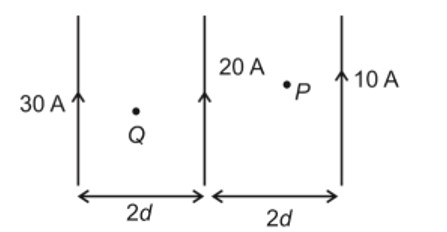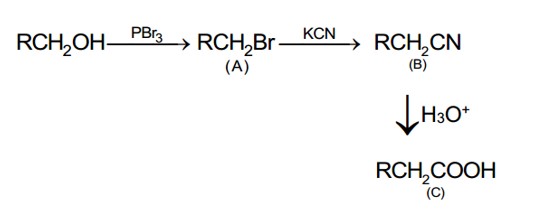What is meant by the following terms? Give an example of the reaction in each case.
(i) Cyanohydrin
(ii) Acetal
(iii) Semicarbazone
(iv) Aldol
(v) Hemiacetal
(vi) Oxime
(vii) Ketal
(vii) Imine
(ix) 2,4-DNP-derivative
(x) Schiff’s base
What is meant by the following terms? Give an example of the reaction in each case.
(i) Cyanohydrin
(ii) Acetal
(iii) Semicarbazone
(iv) Aldol
(v) Hemiacetal
(vi) Oxime
(vii) Ketal
(vii) Imine
(ix) 2,4-DNP-derivative
(x) Schiff’s base
-
1 Answer
-
(i) Cyanohydrin:
Cyanohydrins are those organic compounds having the formula RR“2C (OH)CN, wherever R and R“2 can be alkyl or aryl groups.
Aldehydes and ketones react with compound (KCN) within the presence of excess cyanide (NaCN) as a catalyst to field organic compounds.
(ii) Acetal:
Acetals are gem - dialkoxy alkanes within which 2 alkoxy teams groups attached to the terminal atom. One bond is connected to an associate degree alkyl, whereas the opposite is connected to the hydrogen atom.
When aldehydes are treated with 2 equivalents of a monohydric alcohol within the presence of dry HCl gas, hemiacetals are produced which a
...more
Similar Questions for you
CH3—CH2—CHO does not undergo Cannizzaro reaction because it has α-hydrogen.
Acetaldehyde (CH3CHO) gives positive lodoform test and positive Fehling's solution test
CH3—CH2—CHO does not undergo Cannizzaro reaction because it has α-hydrogen.
Taking an Exam? Selecting a College?
Get authentic answers from experts, students and alumni that you won't find anywhere else
Sign Up on ShikshaOn Shiksha, get access to
- 65k Colleges
- 1.2k Exams
- 679k Reviews
- 1800k Answers






